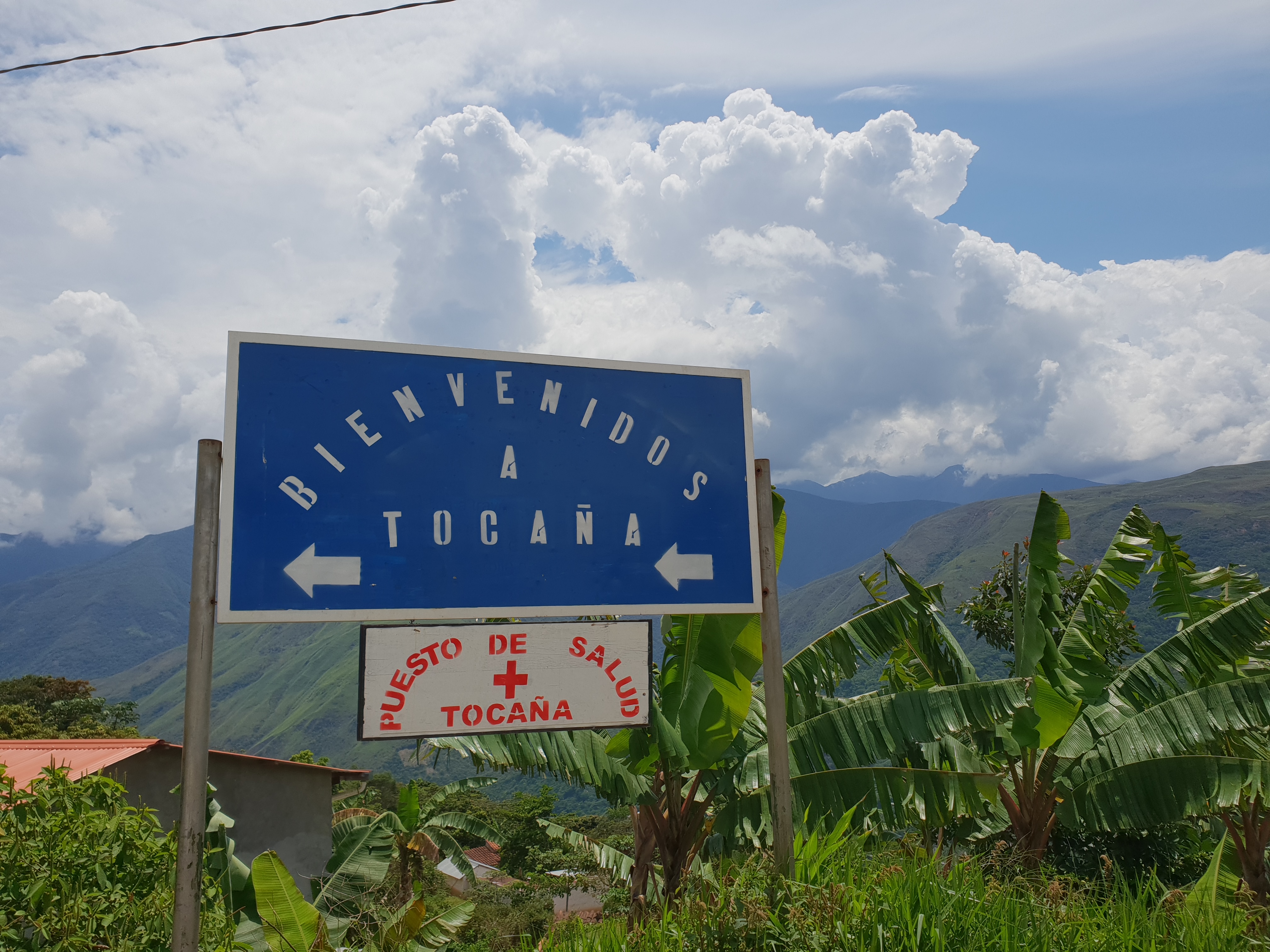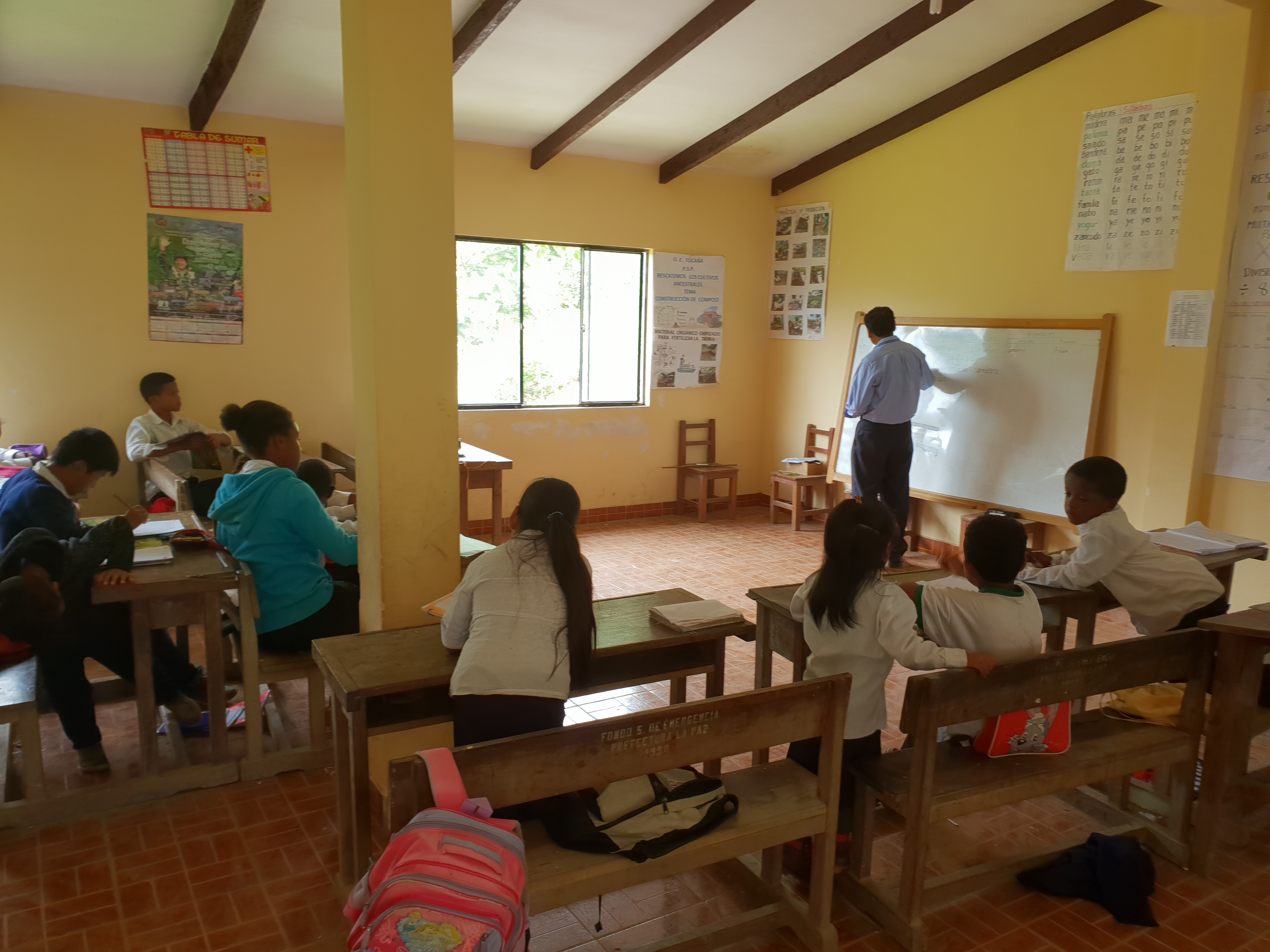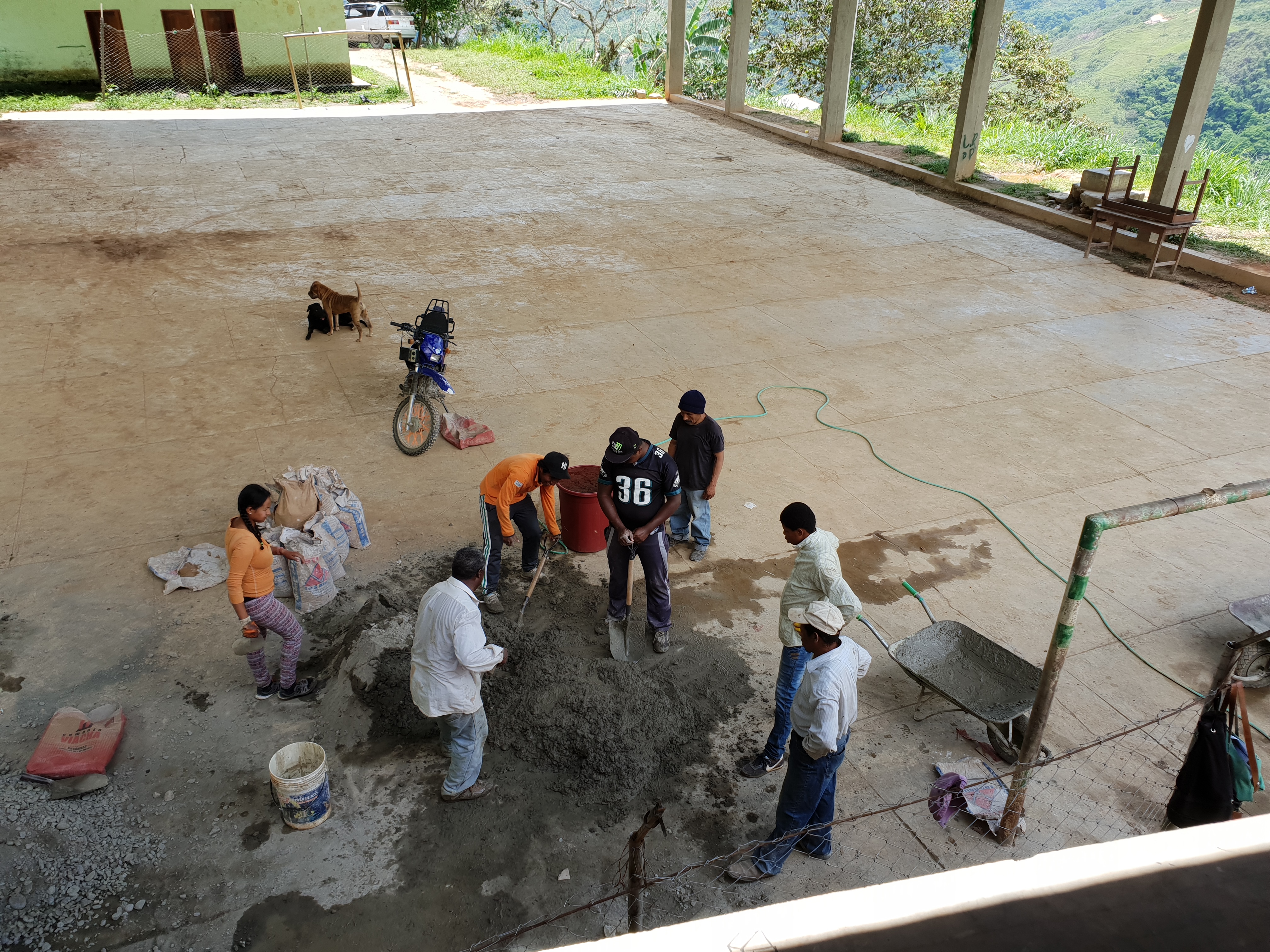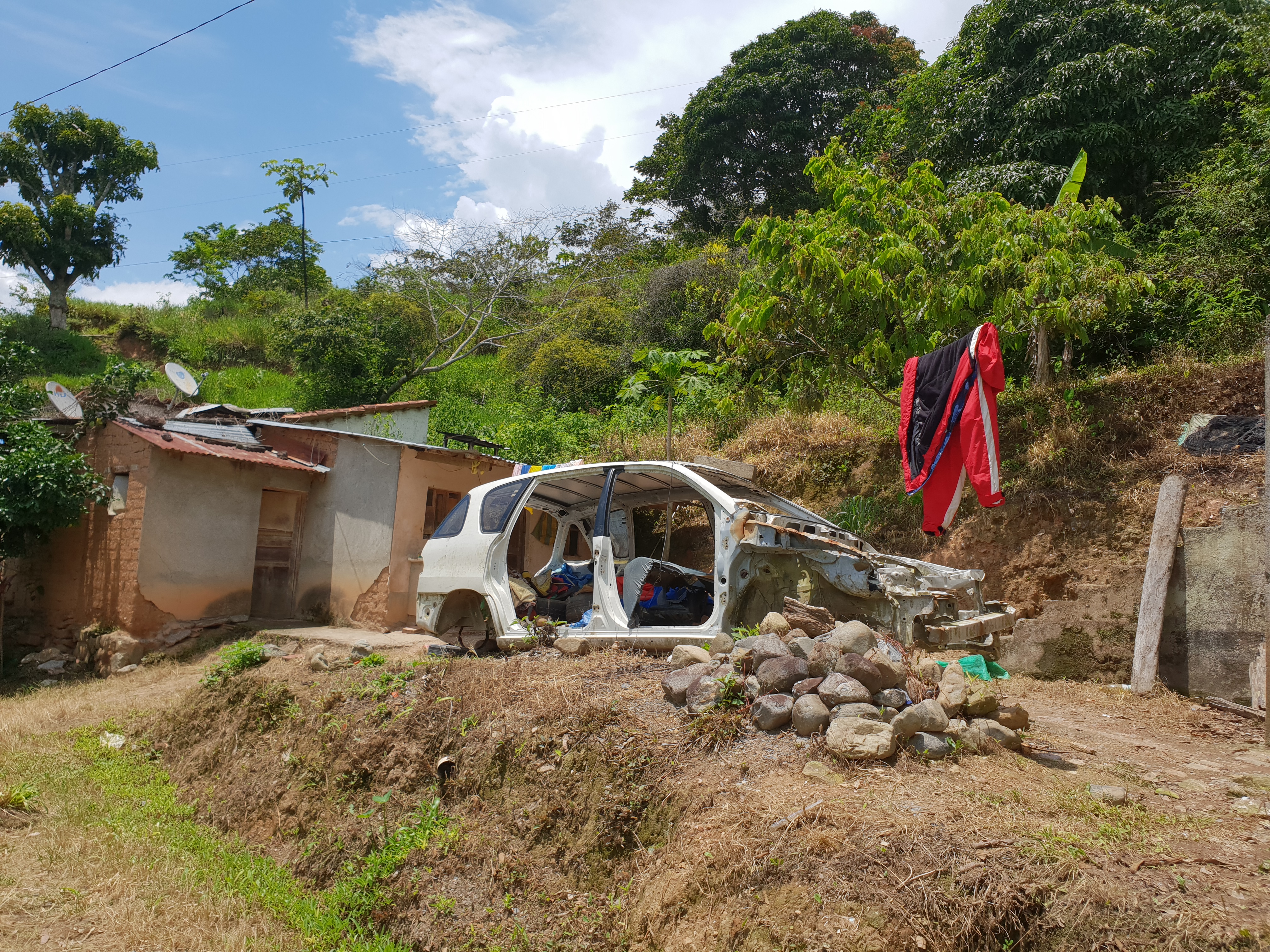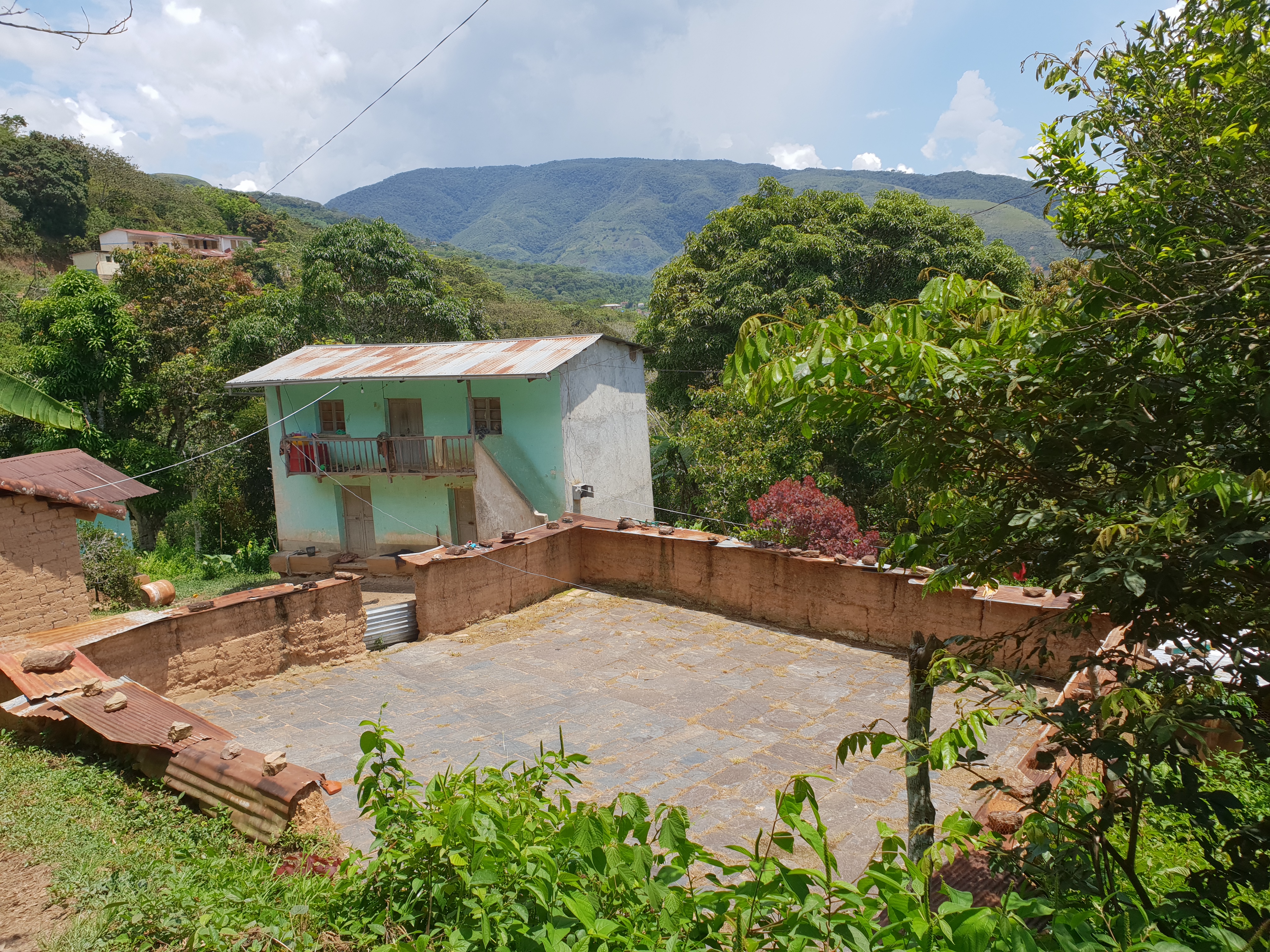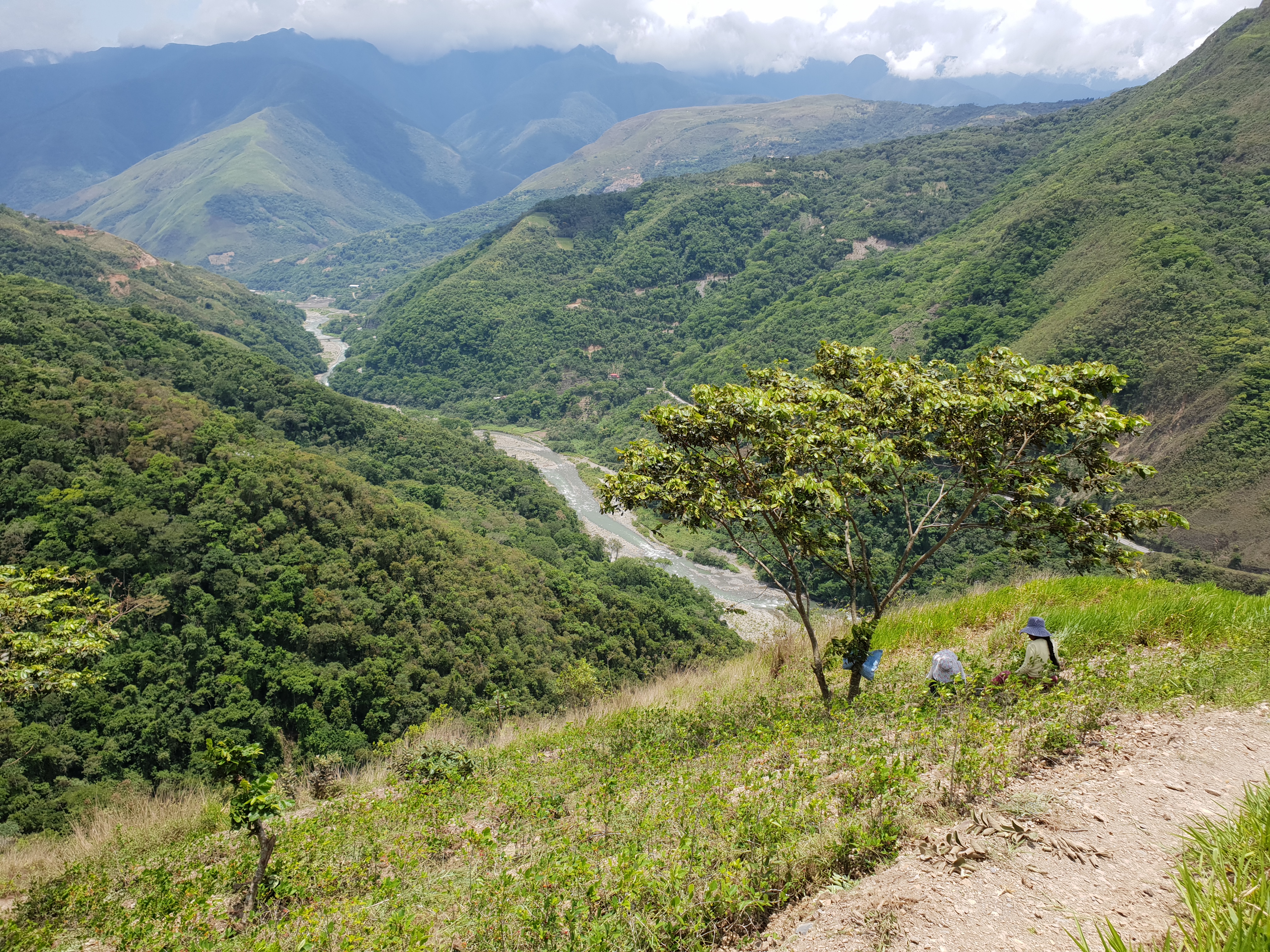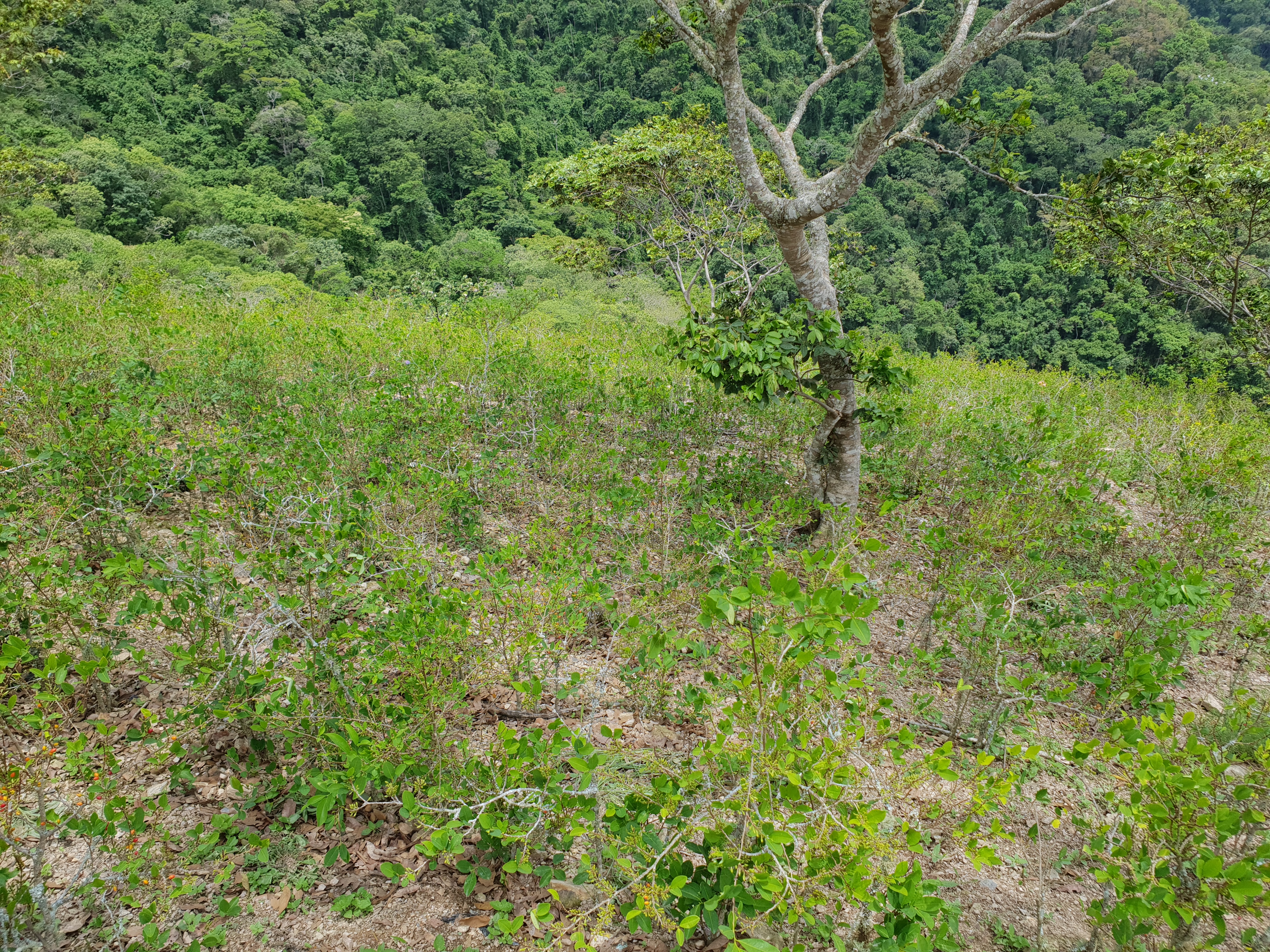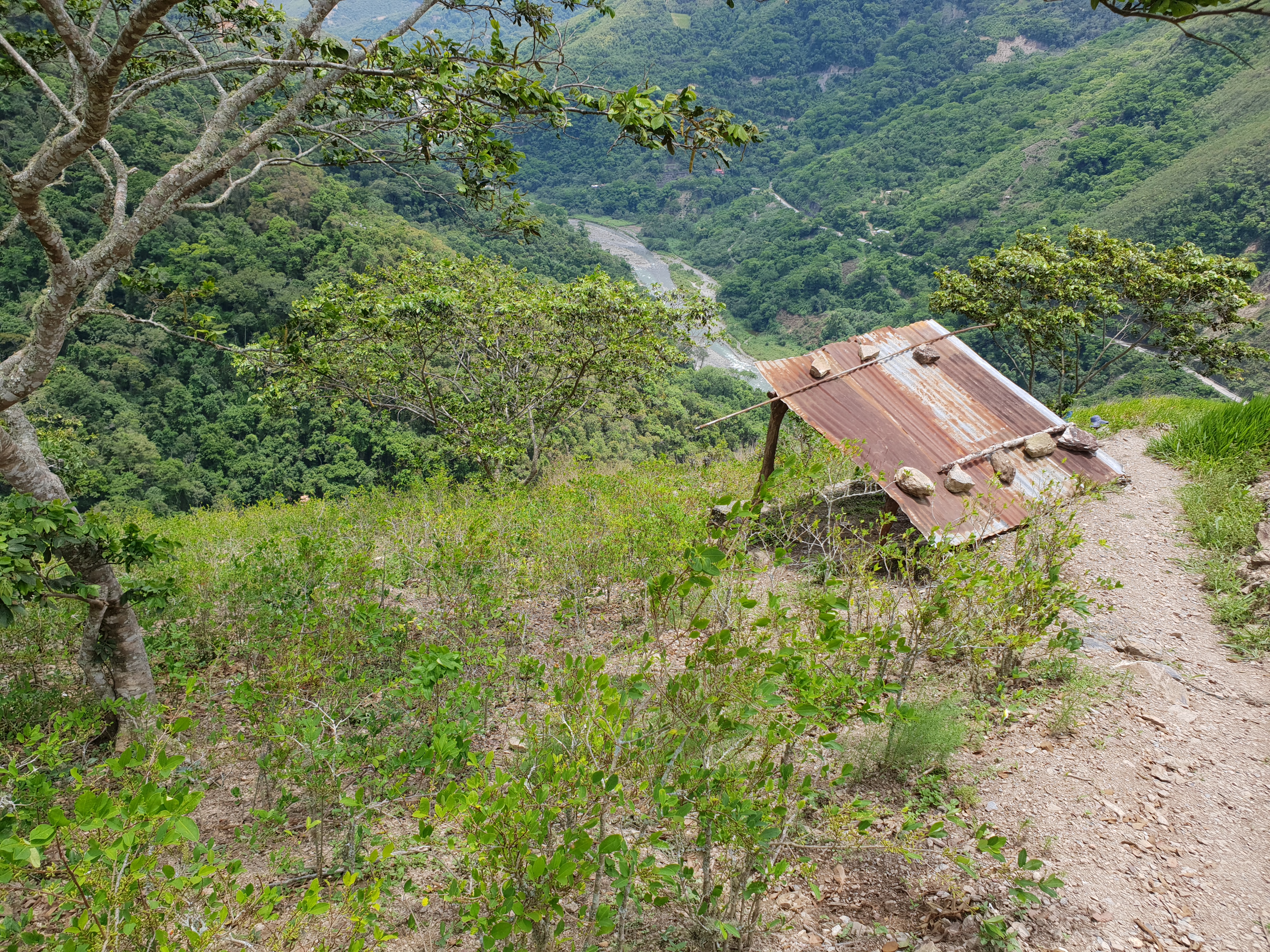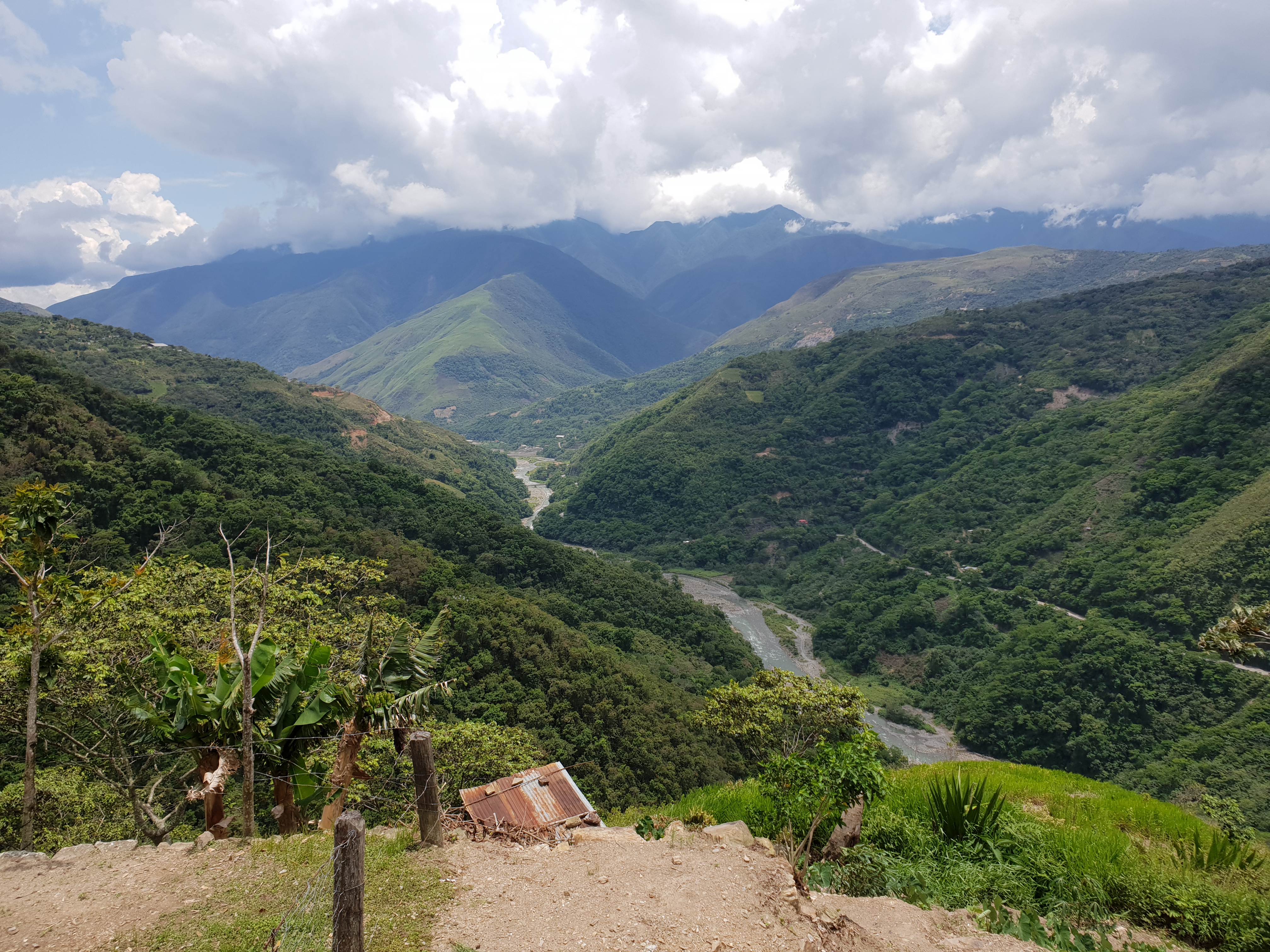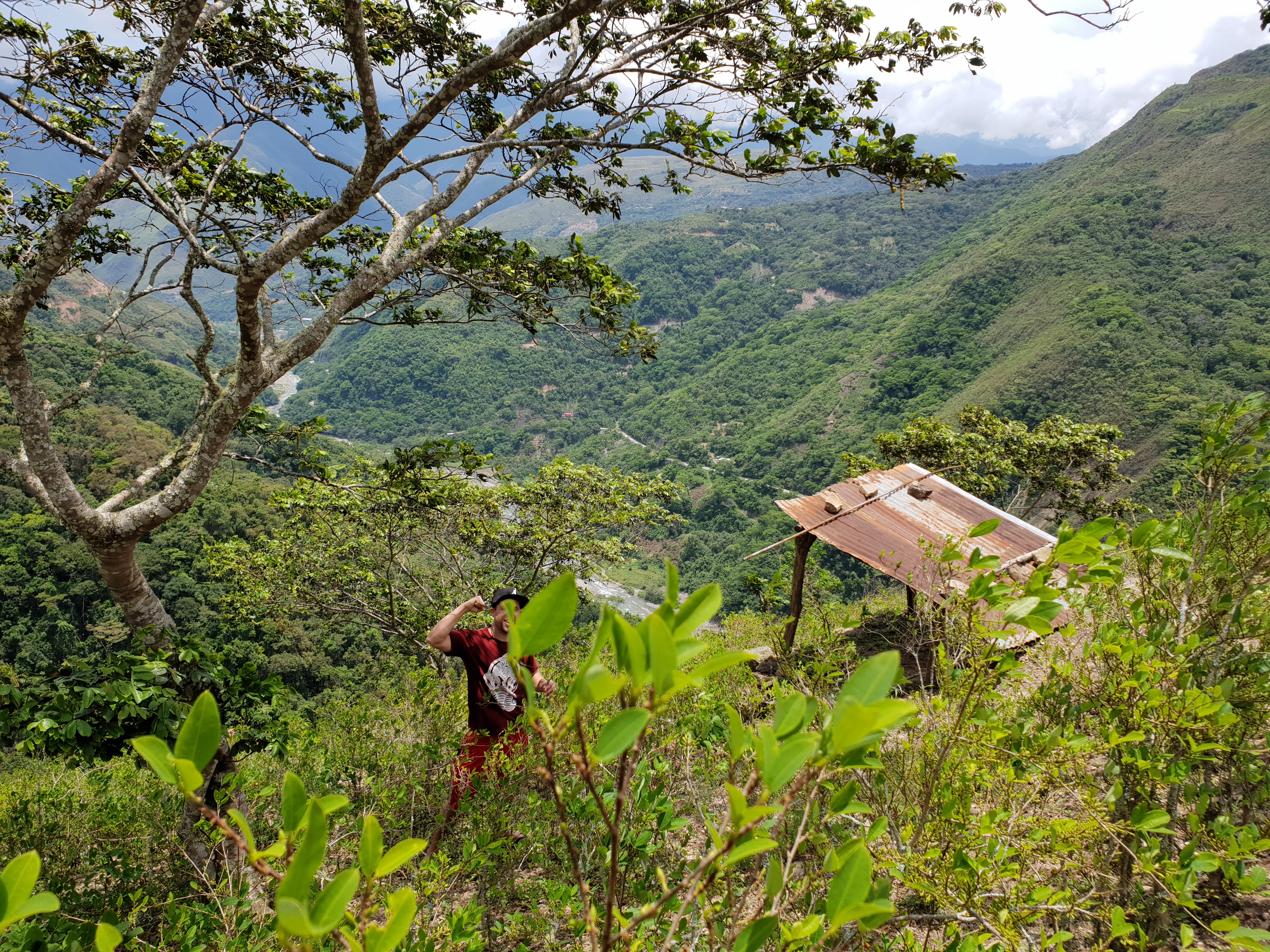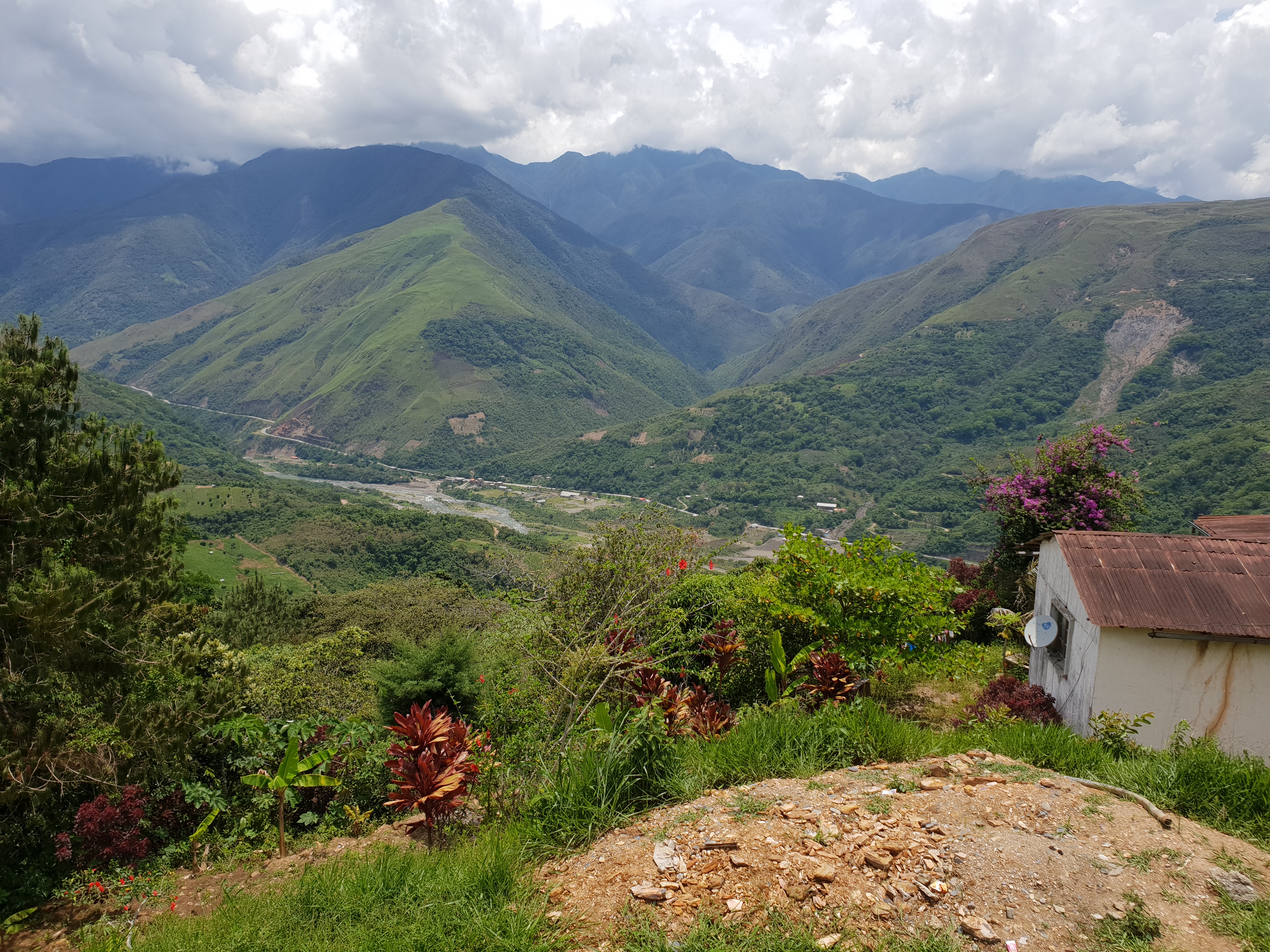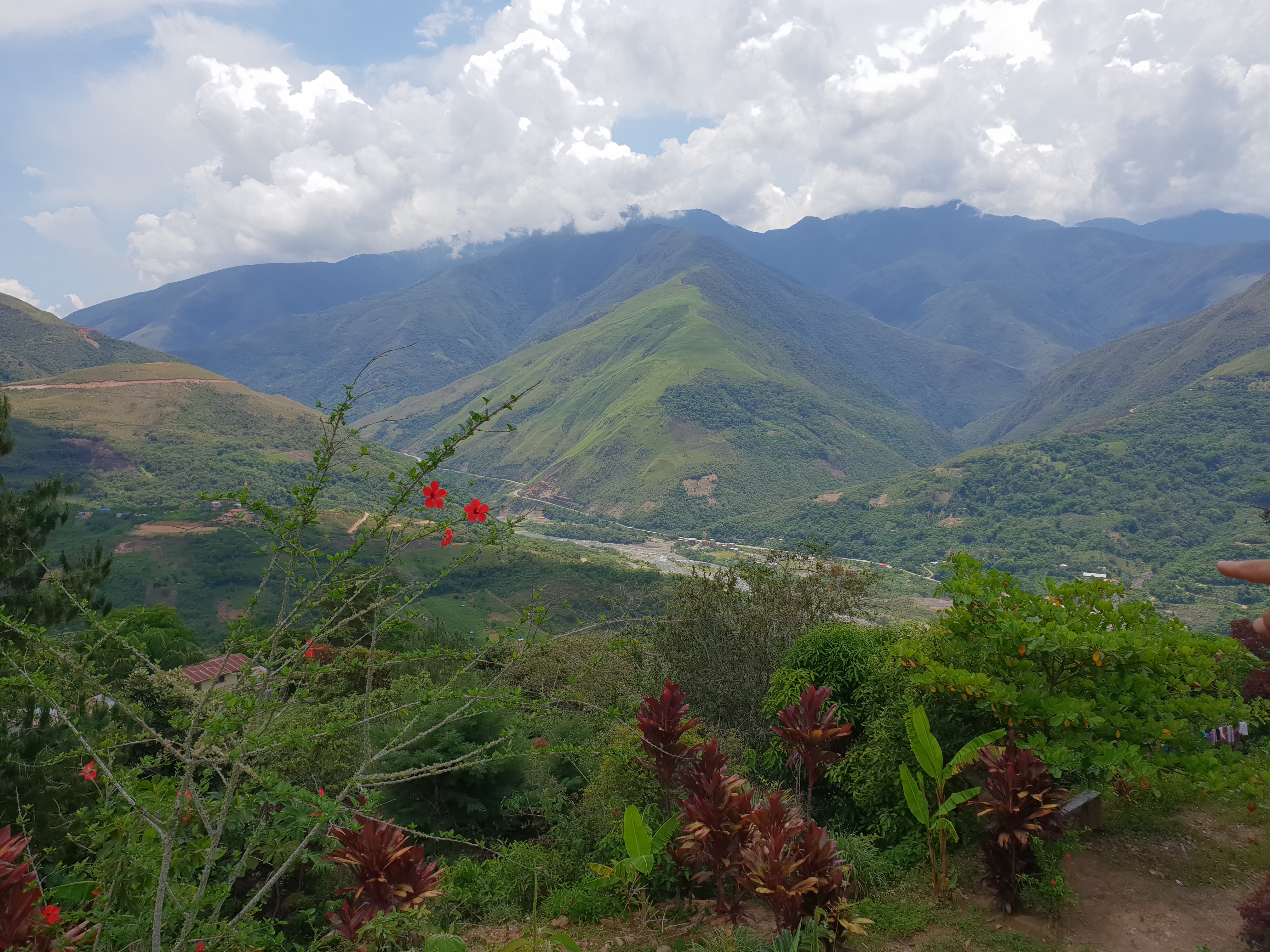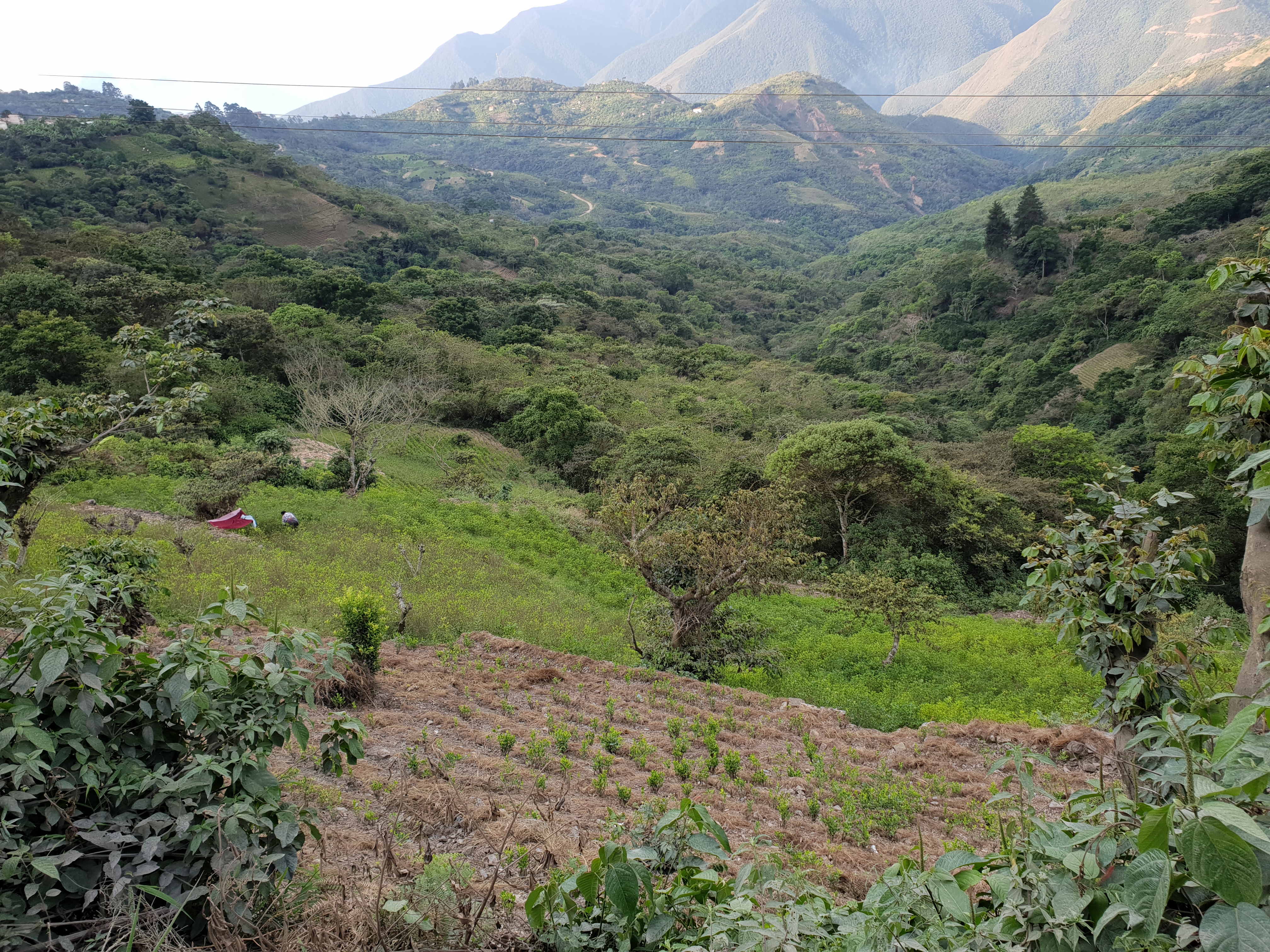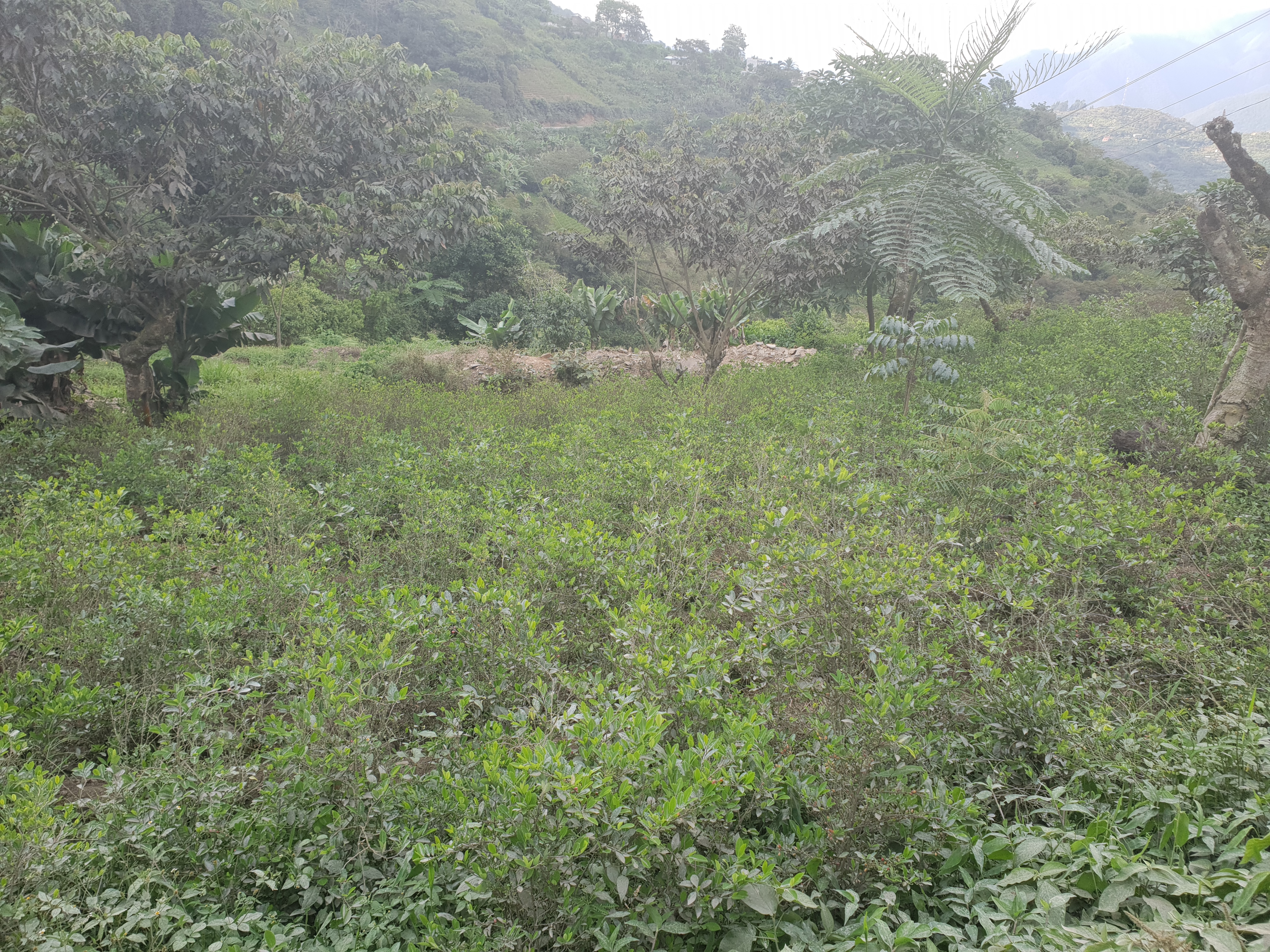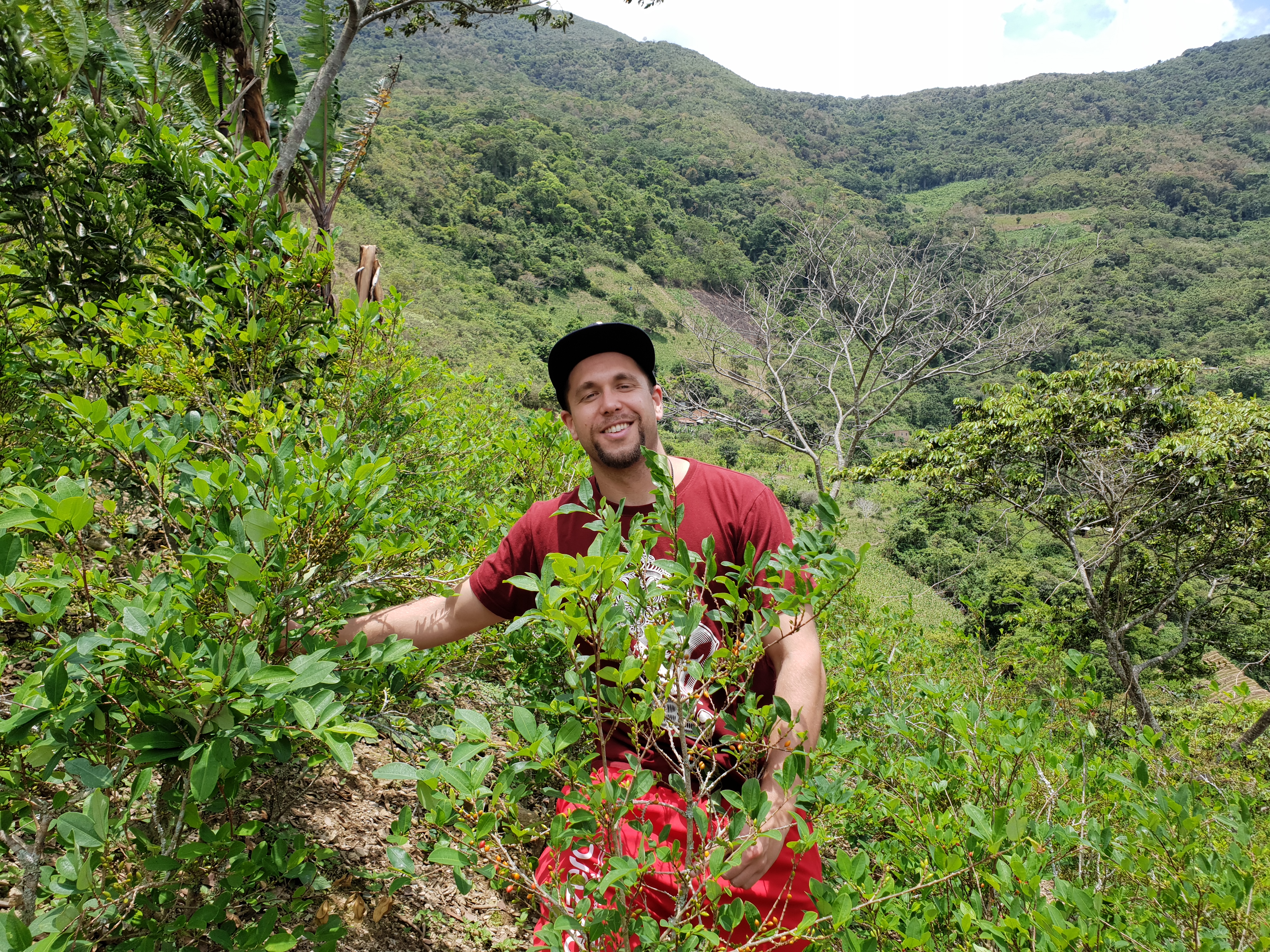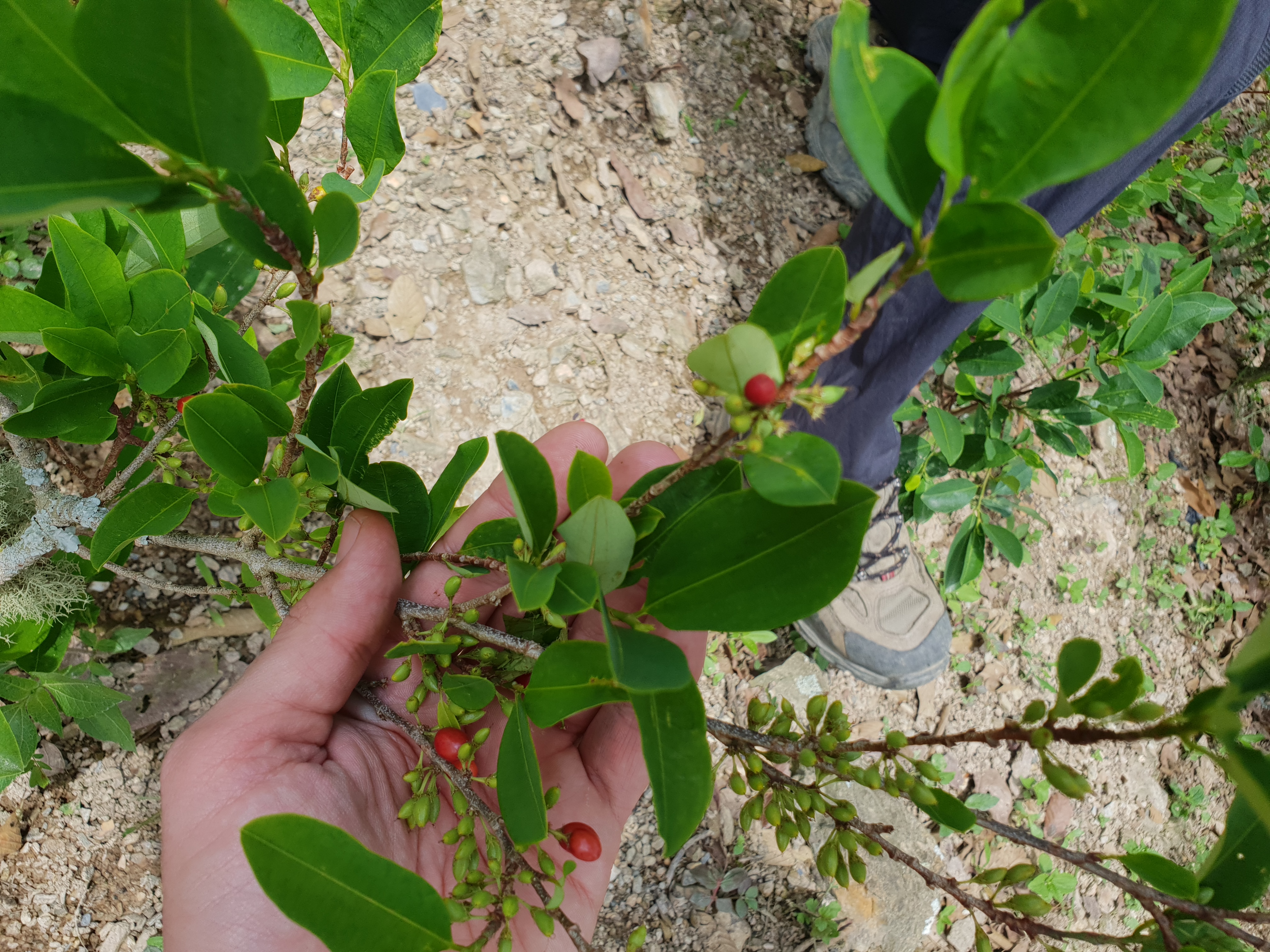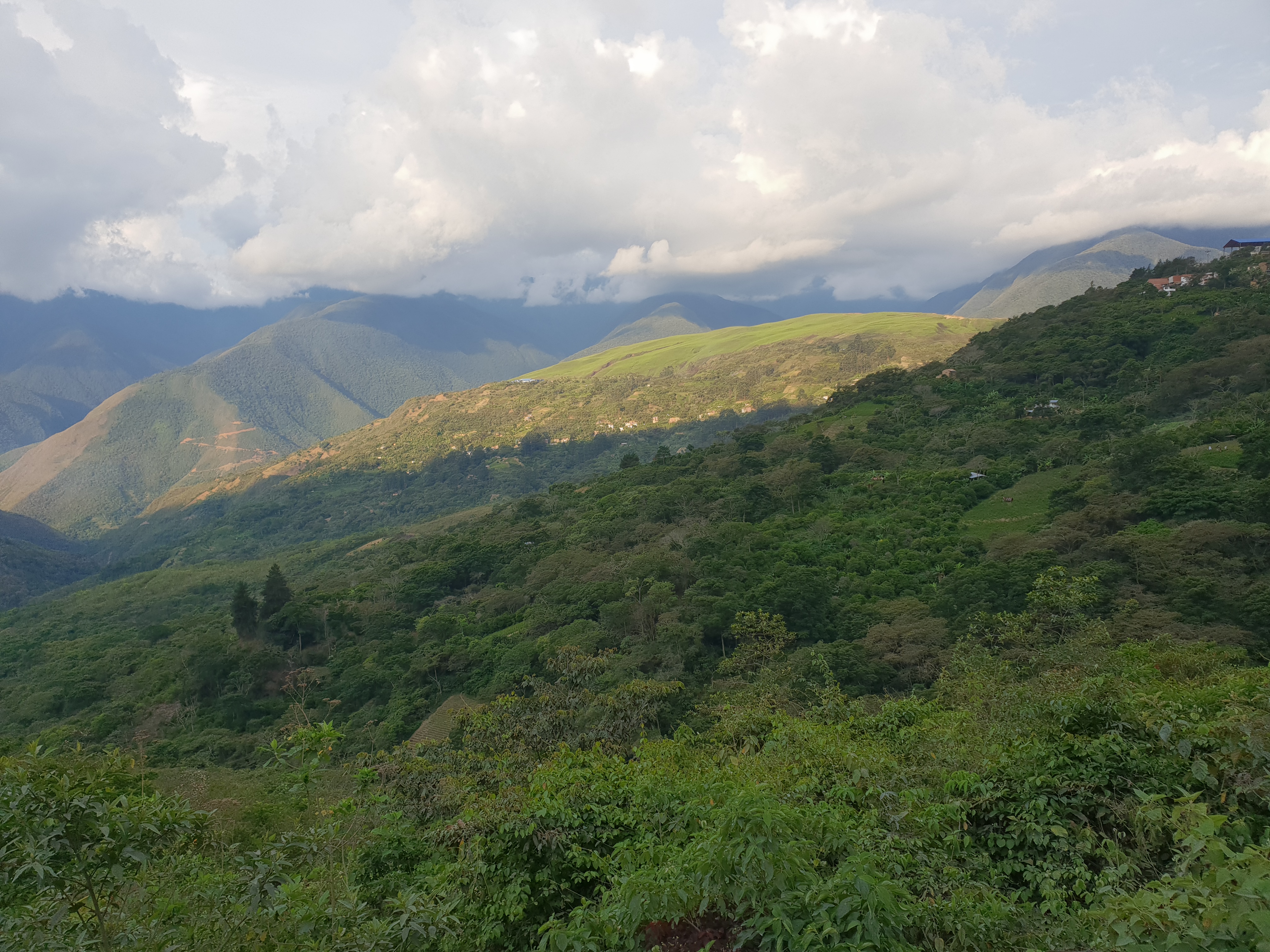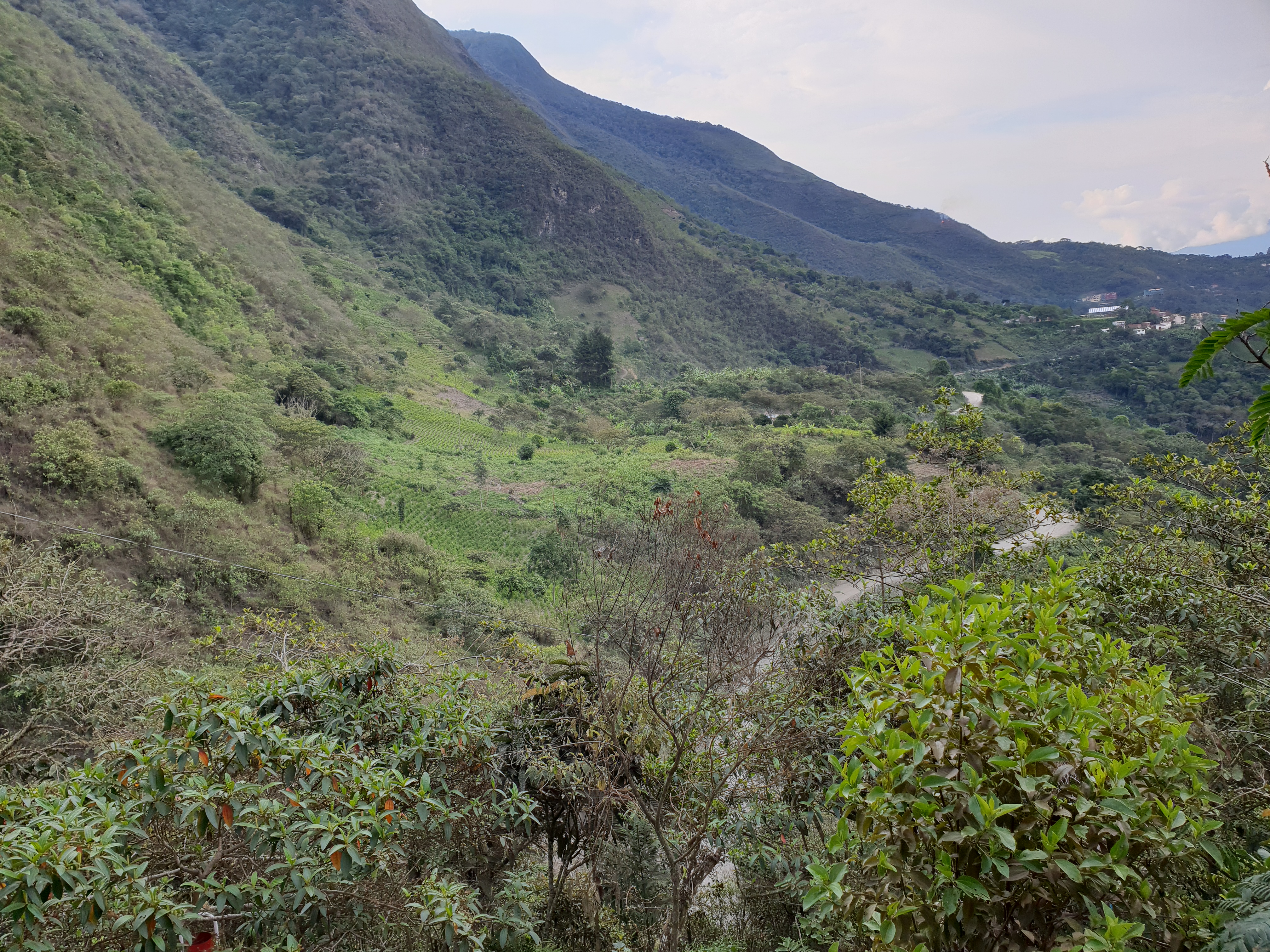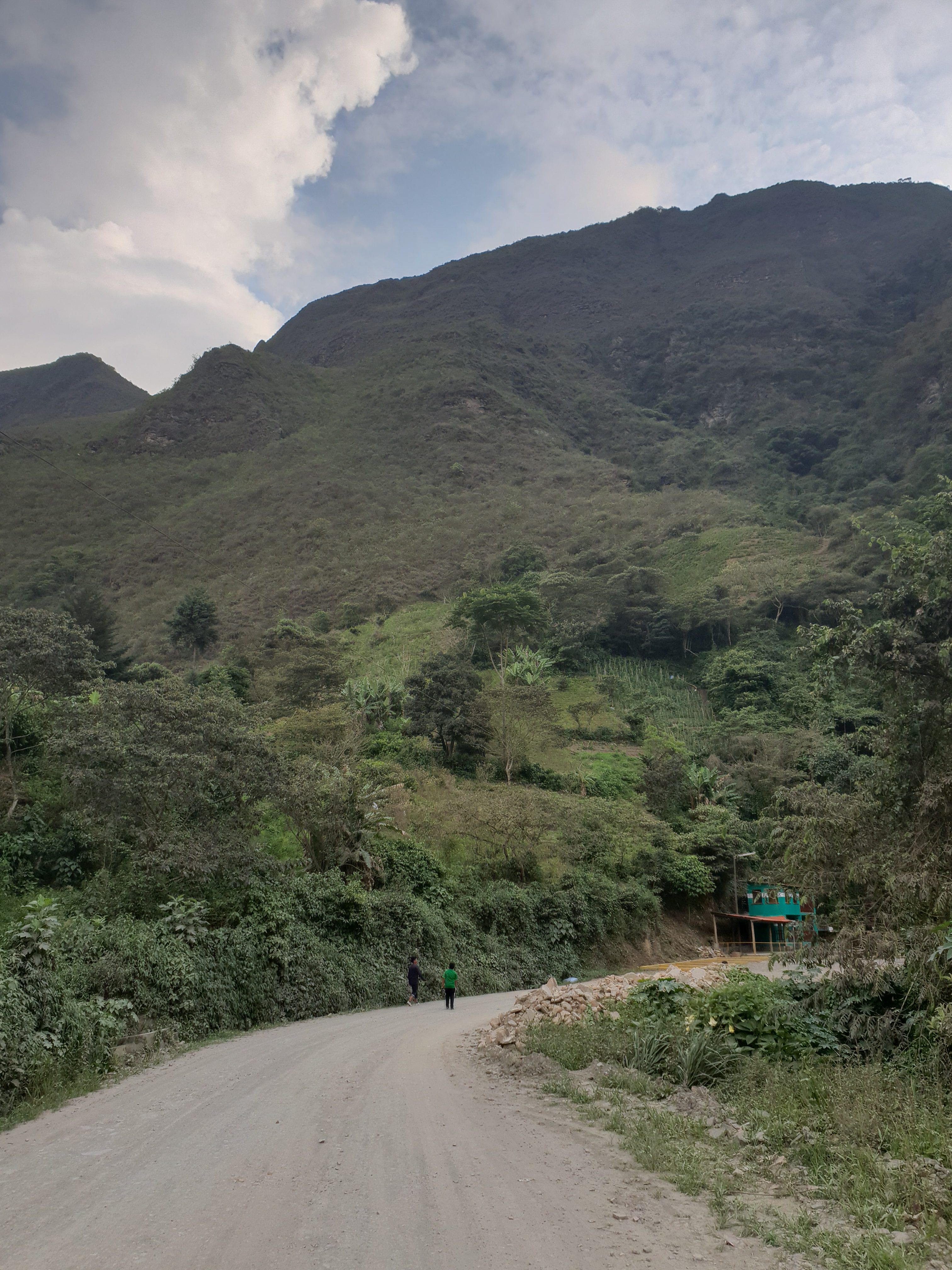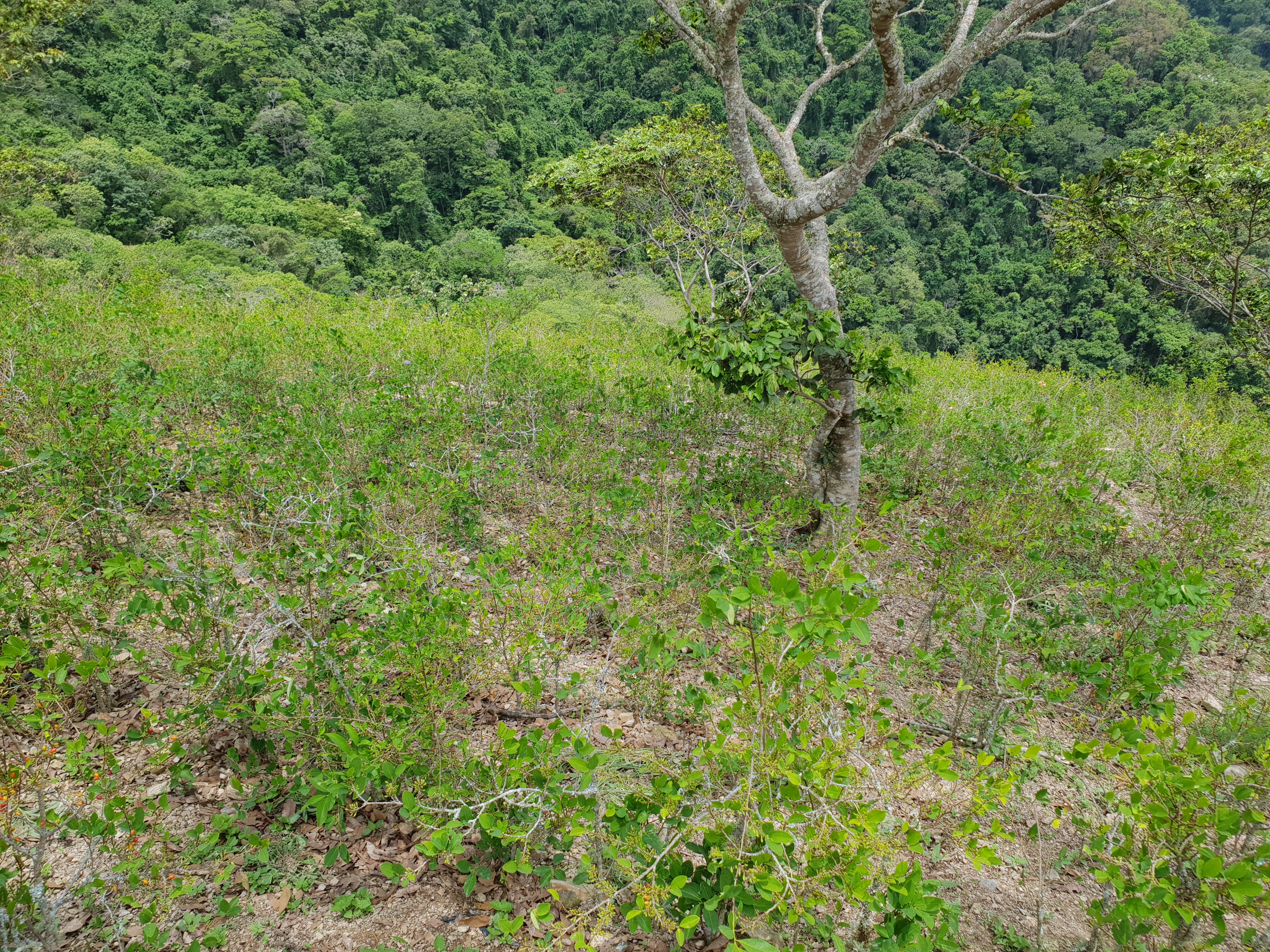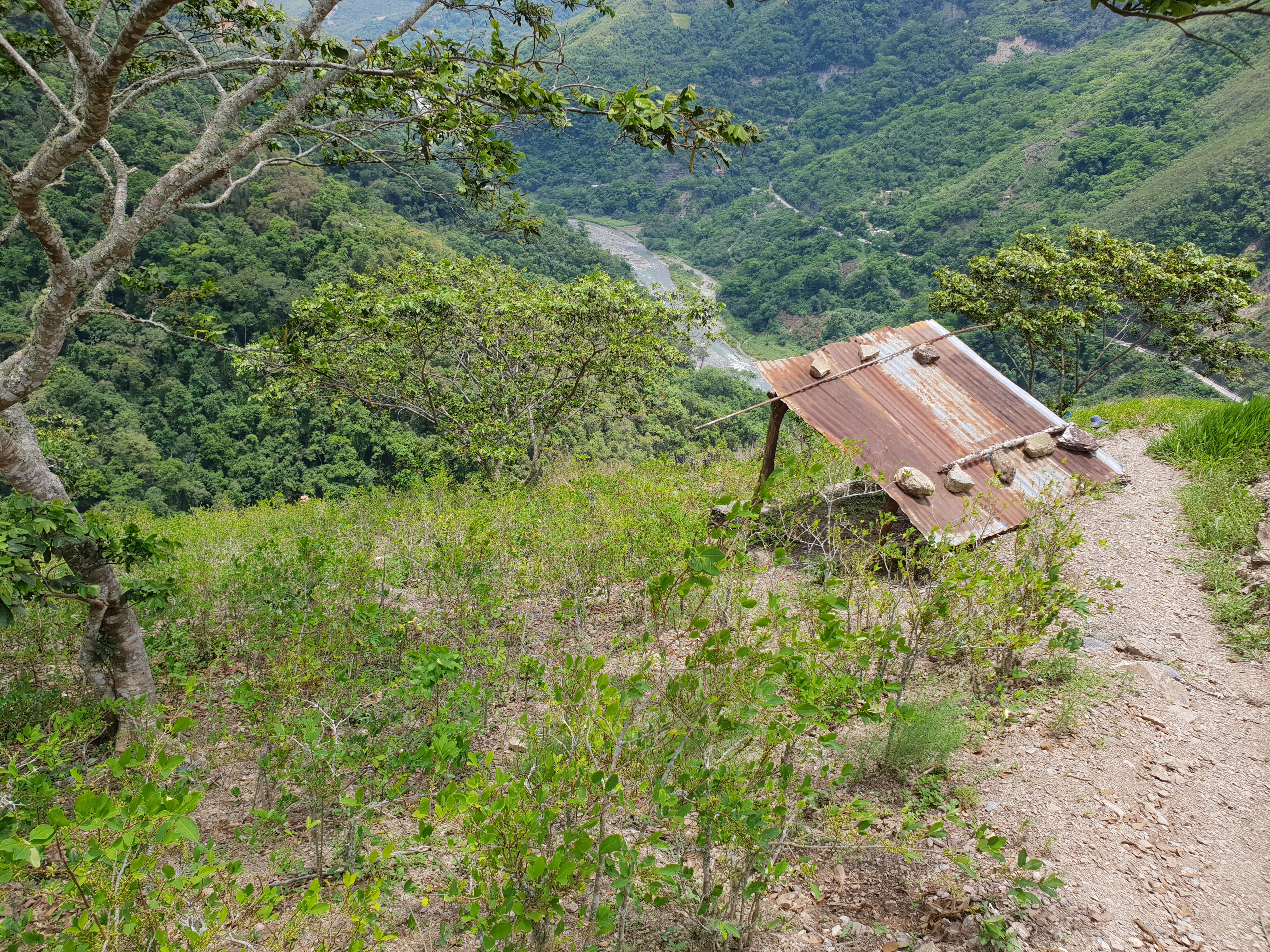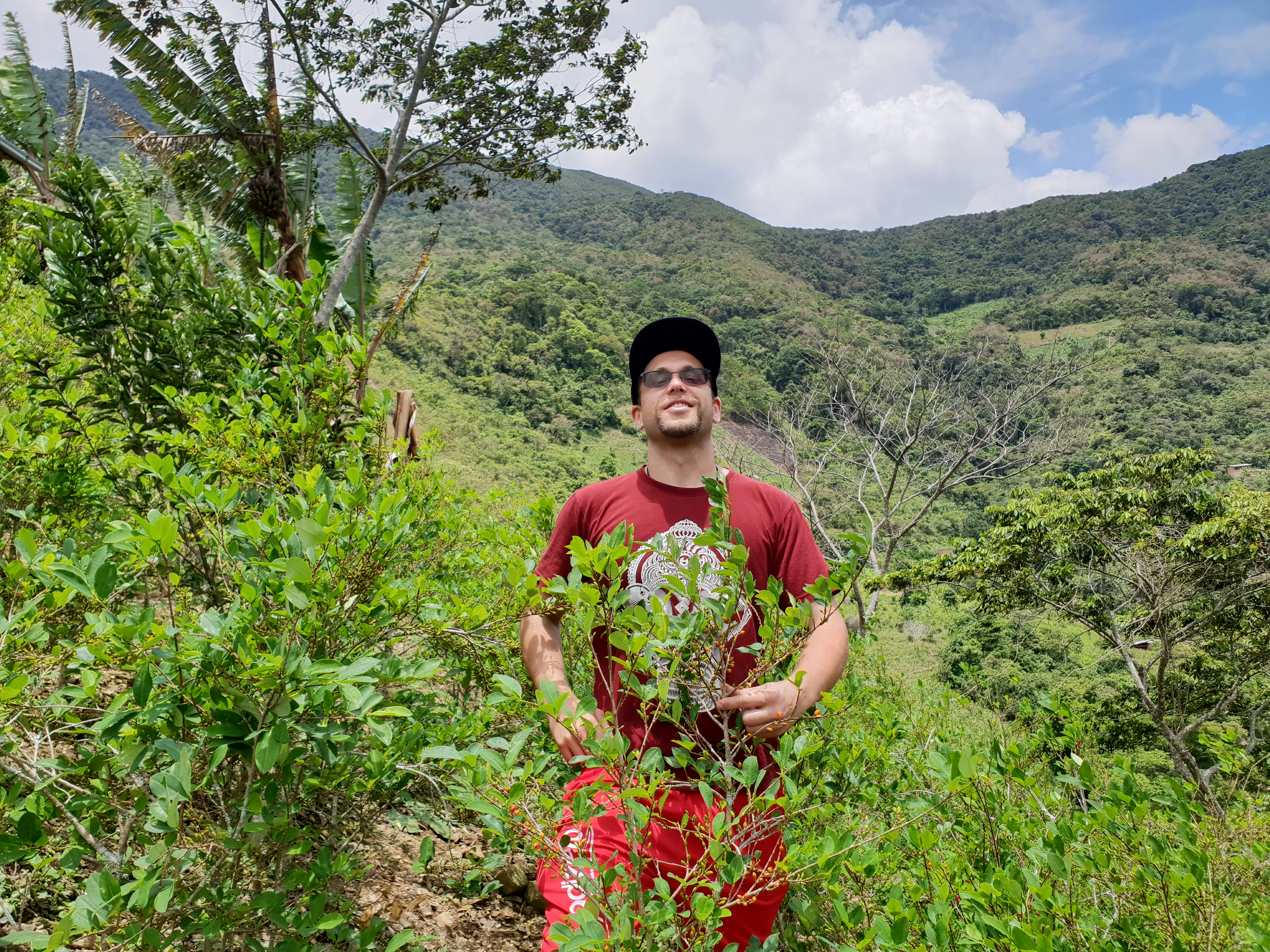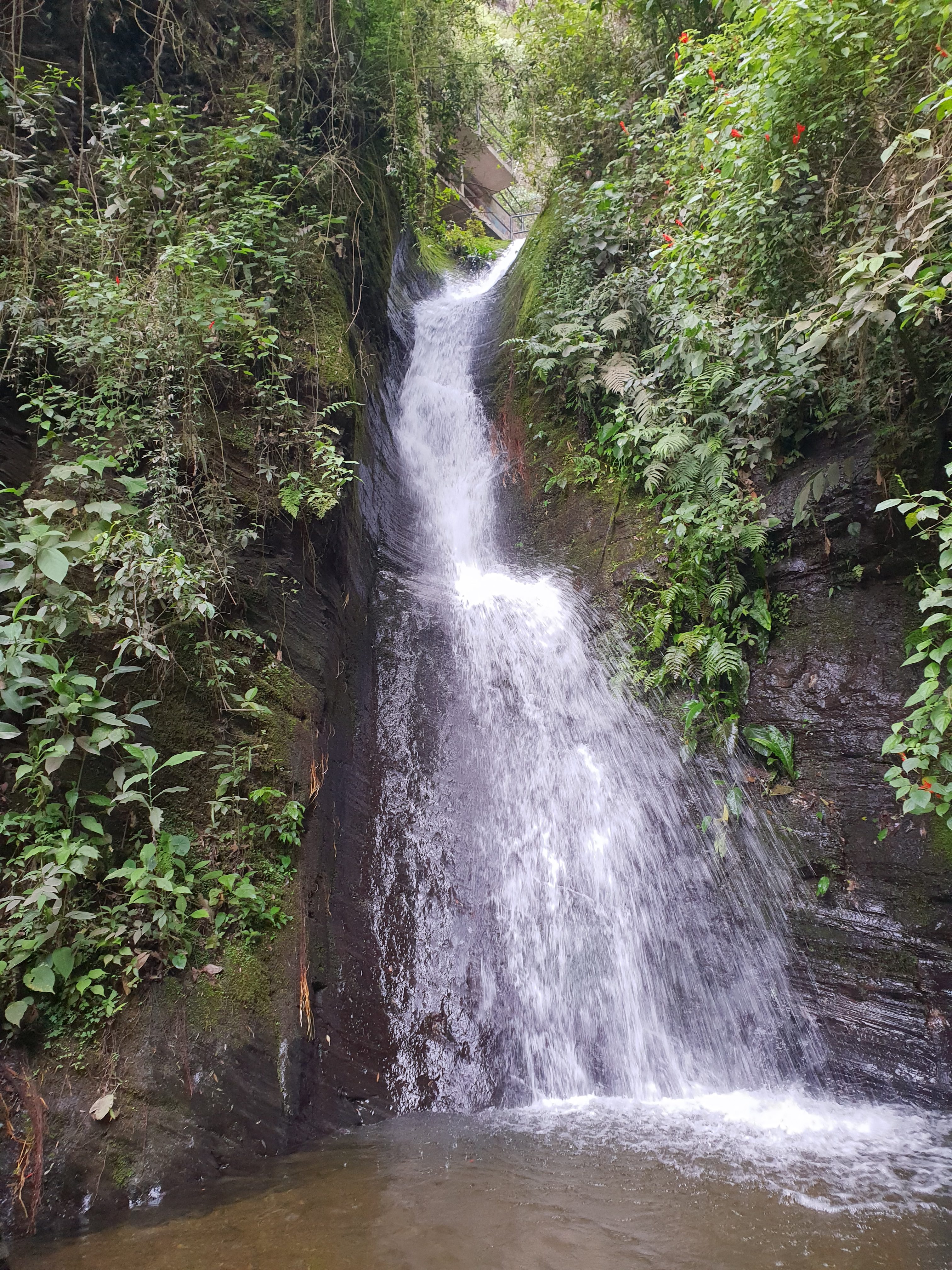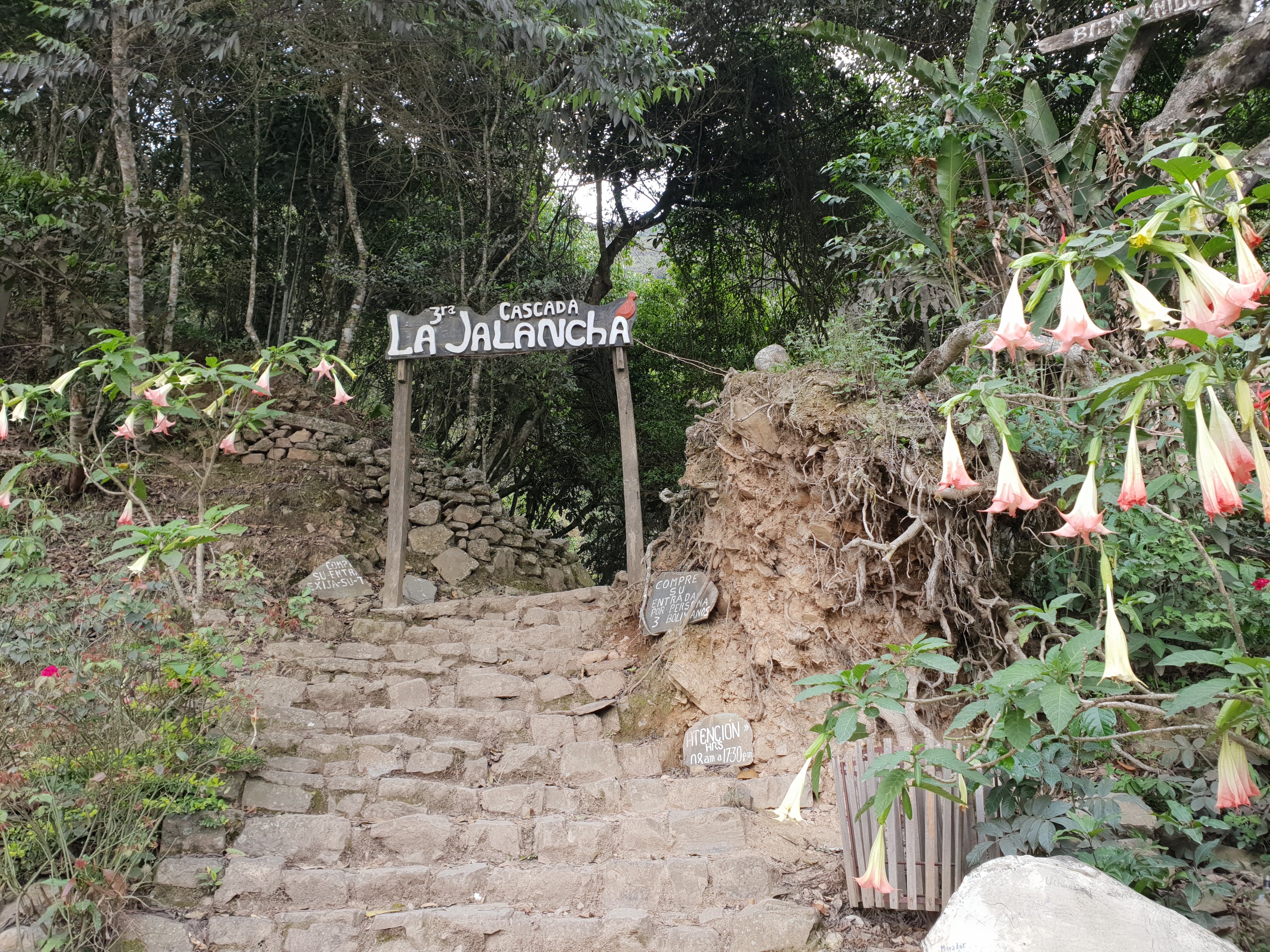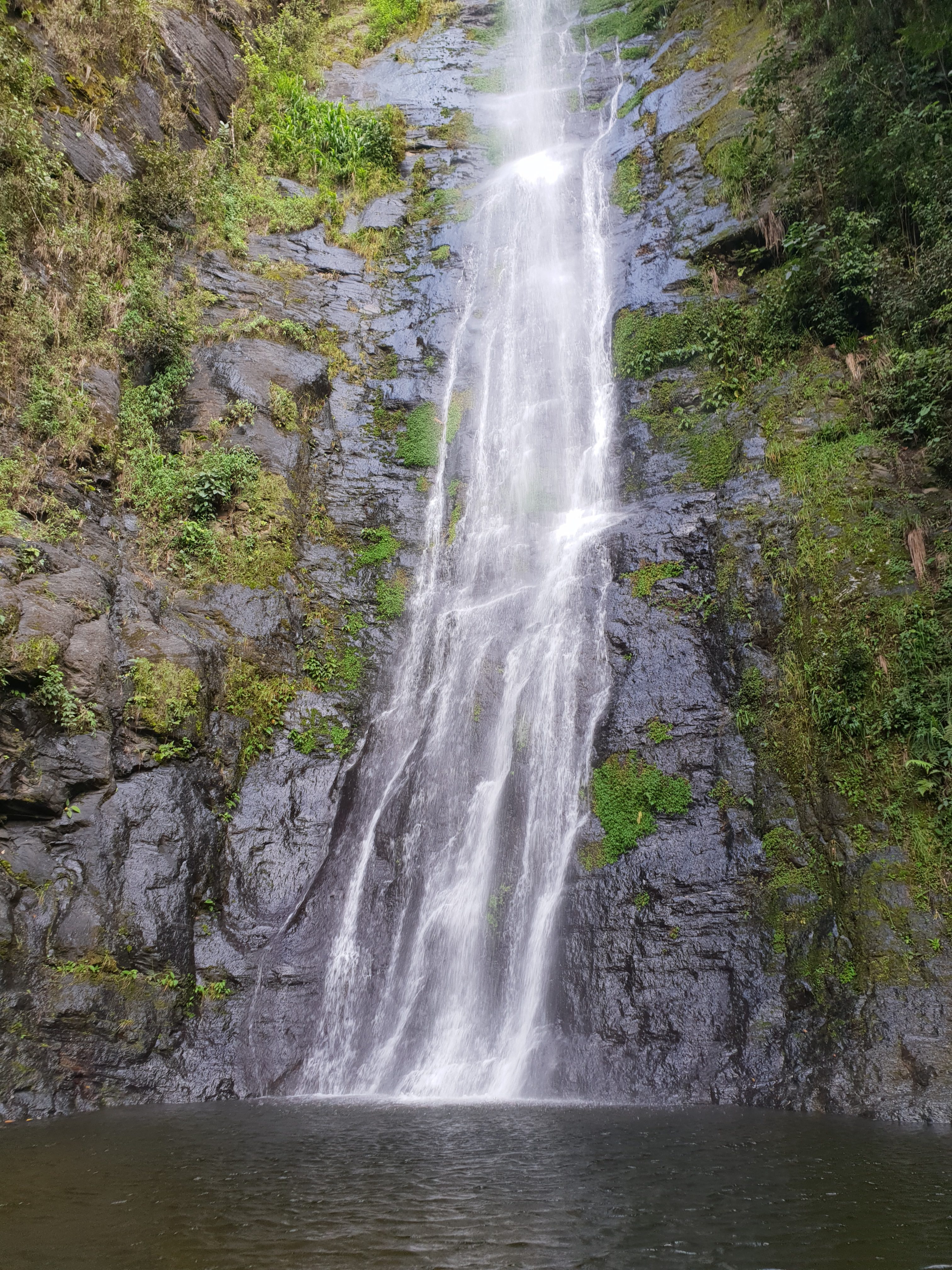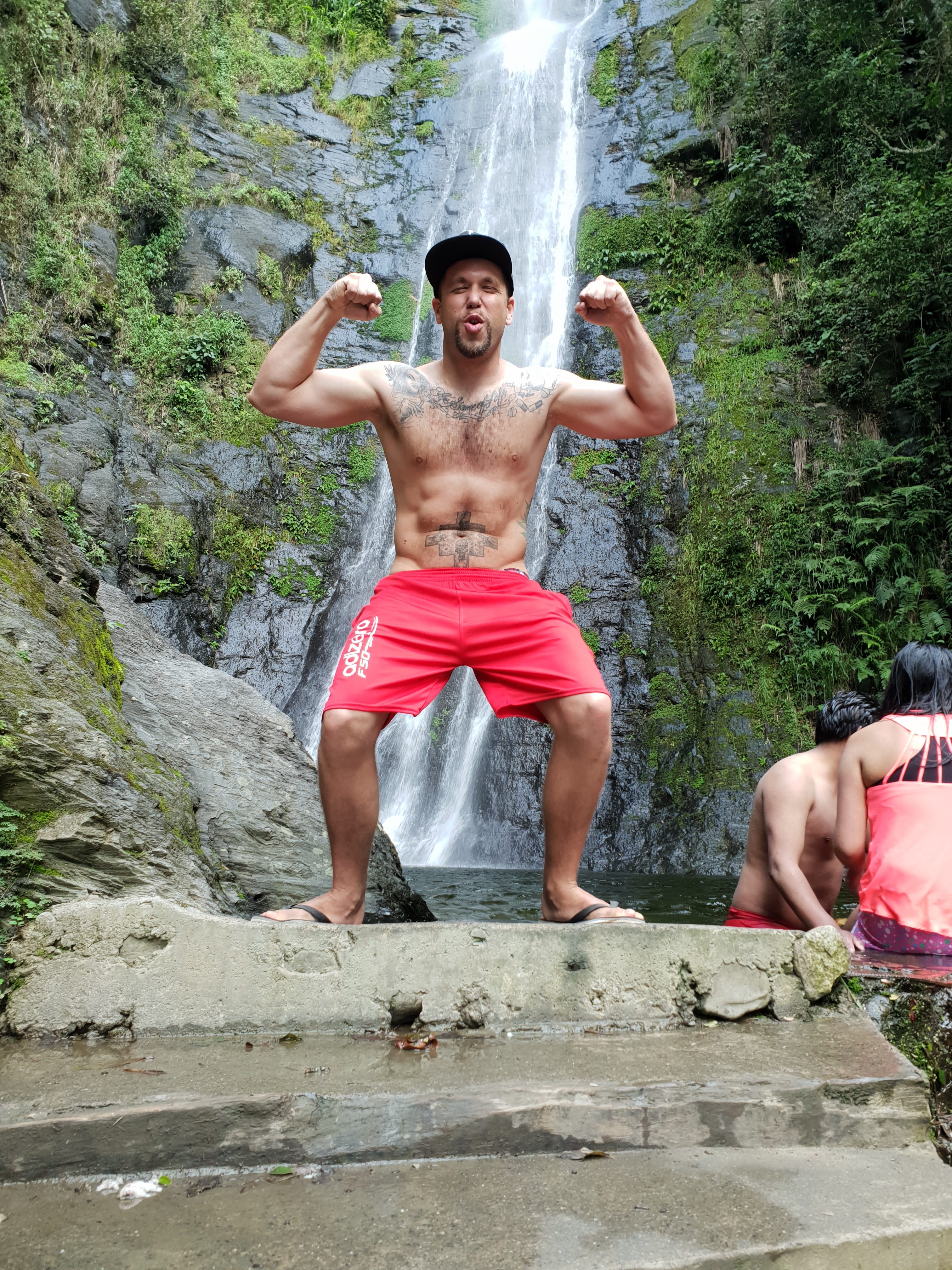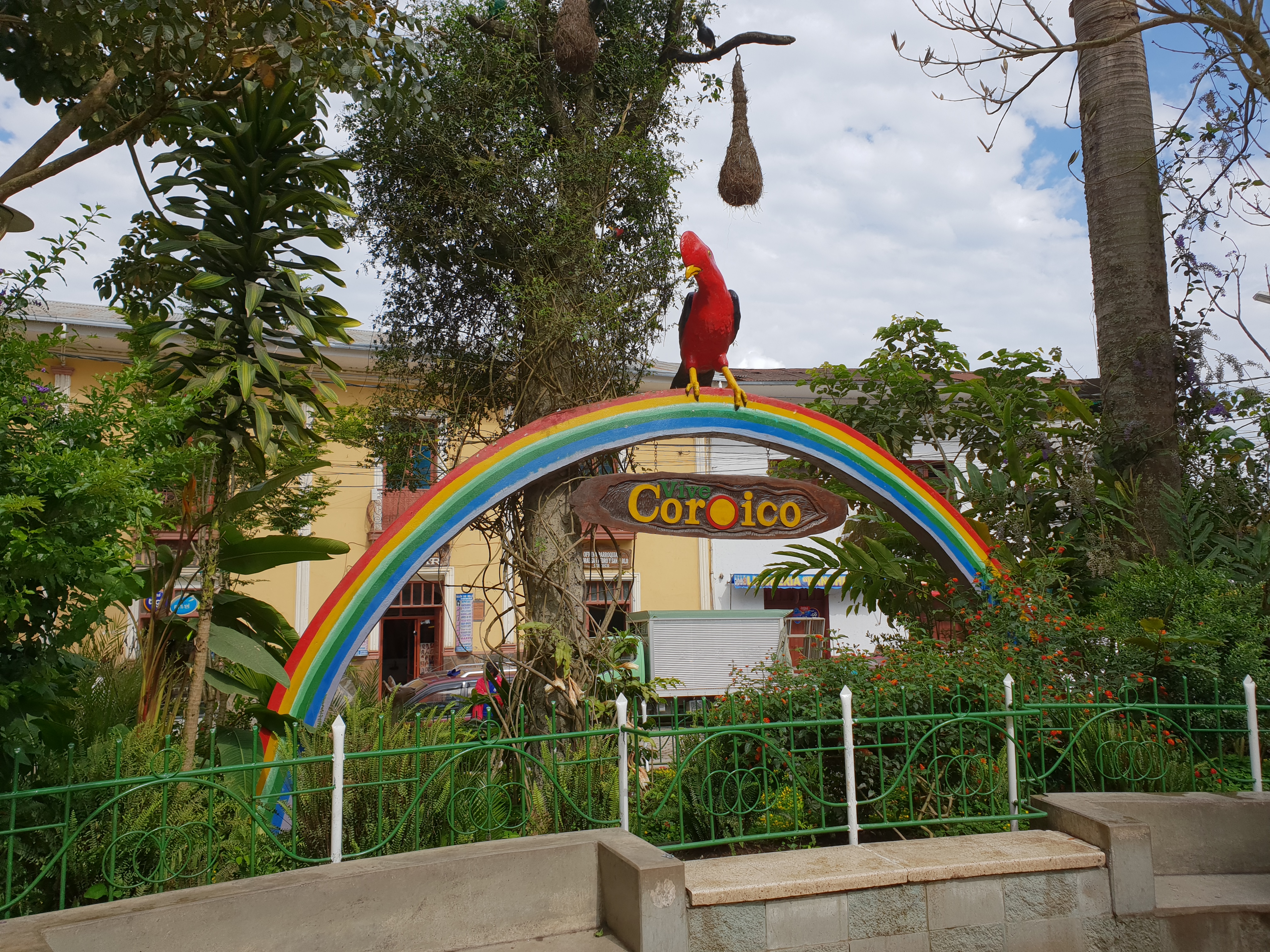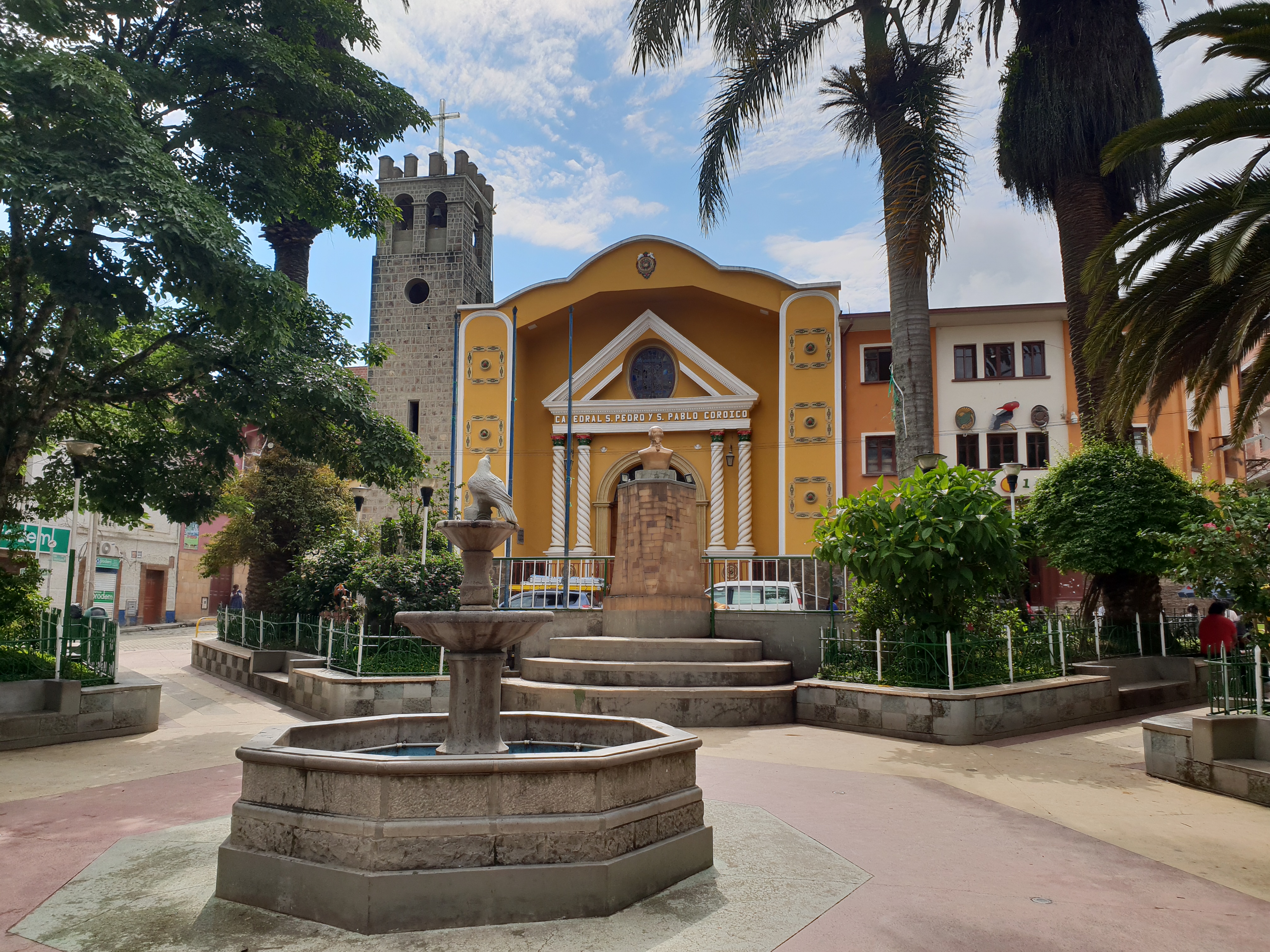Like most cities in Bolivia, Coroico has a history that’s rooted in conflict. This tropical city’s beauty hides a surprisingly violent past. In the 16th century Coroico Viejo was founded by Spanish colonial settlers above the Quri Wayq’u river. While the town thrived off mining gold, they were constantly being attacked by neighboring native tribes. By the end of the 18th century, the constant sieges forced the settlers to flee the area in search of a more strategic position. This led them to the current location of Coroico, but their problems were far from over.
As soon as they reached the area, the settlers were chased into a cave by a powerful lightning storm. Once the weather calmed down, they emerged and Coroico was founded. This new position on top of the mountain proved to be a wise move, since it was noticabely easier to defend. During the Bolivian War of Independence in the early 19th century, the city was attacked by 5,000 Aymara warriors. Miraculously, the 500 Spanish settlers were able to defend Coroico against this massive army of natives. Unable to defeat the settlers, the Aymara were forced to retreat.
After Bolivia became an independent country, Coroico faced a new problem. Despite being the political center of Yungas, the city couldn’t escape the grip of Spanish Imperialism. During the mid-18th century the area was dominated by powerful Spanish families called hacienderos. Miraculously, they managed to retain control of the area even after Bolvia gained its independence. With no one to answer to, the hacienderos continued having both afro-boliviano and aymara slaves. These enslaved groups were forced to work the farms and grow everything from café to coca.
Against all odds, the hacienderos remained in power until a revolution overthrew them in the mid 1950’s. After the regime change, slavery was quickly abolished and lands were divided up between the locals. This crucial step towards equality helped Coroico become an even stronger agricultural powerhouse. In 2006, a new highway was built that connected Coroico to La Paz. This opened up the town to tourism, since the old “death road” became a major attraction for cyclists.
Today this freshly liberated city is bursting at the seams with possibilities. Now that Coroico is only two hours outside La Paz and has a paved road to Brazil, the sky is the limit. The entire area is filled with gorgeous jungle attractions and wildlife. From pristine waterfalls to afro-bolivian communities, this city is poised to become Bolivia’s second most visited city. Its inviting climate and friendly population makes Coroico the ideal place to visit. Discover what attractions can’t be missed around Coroico by diving into this article!
Must-See Places Around Coroico
Attraction #1: Afro-Bolivian Communities – Unbeknownst to most, Bolivia has a vibrant Afro-Bolivian subculture. This is due to the Sub-Saharan African slaves that were imported into the country to work in the silver mines. During the 17th century, the Cerro de Potosi (Cerro Rico) was the richest silver mine in the world. Unfortunately, its horrific 4,090 meter (13,420 ft.) altitude proved to be deadly for workers. Thanks to terrible working conditions that were complimented by toxic mercury and asbestos fumes, the Aymara slaves started dying off. Faced with a dwindling supply of natives to enslave, the Spanish mine barons began importing massive amounts of African slaves into Bolivia.
Unsurprisingly, the Africans were even less accustomed to the altitude and perished in shocking numbers. Fueled by coca leaves and the threat of death, these unlucky newcomers were forced to work four months at a time in the mine. By the time their shifts were over, the surviving slaves had to be led out of the mine blindfolded. This was due to the fact that their eyes had adapted to the darkness and couldn’t immediately handle the sun.
For centuries the enslaved Aymaras and Afro-Bolvianos worked side by side in the silver mines. While native and African adults had 12-hour shifts, the children worked slightly fewer hours. Unfortunately, they were exposed to the same toxic fumes, frequent cave-ins and accidental explosions. In total a staggering 8 million Africans and natives are estimated to have died in the mines between 1545 and 1825.
This bloody legacy paved the way for a truly miraculous mixture of two completely different cultures. When the Afro-Bolivians were finally emancipated in the 19th century, they migrated to the Yungas. This tropical area was better suited for their genetics, and they were instantly welcomed by the locals. Fascinated by their dark skin, the indigenous Aymara people intermarried with the Afro-Bolivians. This infatuation caused the former slaves to adopt the Aymara culture, including their fashion and language.
Little by little, the Afro-Bolivians fused with Aymara culture. Today they grow coca and dance Saya, which is the last lingering influence of their African culture. While Saya incorporates many Andean instruments, it’s backed up by African percussion and complimented by bells. The most preserved Afro-Bolivian city is Mururata, and over a dozen Afro-Boliviano communities are scattered around Coroico. The most visited is Tocaña, which is an hour outside Coroico. In total over 25,000 Afro-Bolivians live in Bolivia, so seeing the first communities to escape slavery is an inspiring treat.
Attraction #2: Coca Fields – From the Afro-Bolivian communities to the Ayamara tribes, the entire area surrounding Coroico is filled with coca fields. This area has been home to coca cultivation since before the Spaniards, and it’s still thriving today. The high-altitude jungle climate is ideal for the coveted plant, and the locals take full advantage of this. Terraces filled with coca plants grace all the hillsides for as far as the eye can see.
While the plants and leaves are noticeably smaller than their Peruvian counterparts, allegedly Coroico produces the best coca in Bolvia. According to locals, these tiny leaves are sweet and pack a punch. Coroico is the smallest of the three main coca growing regions in Bolvia, and is La Paz’s main supplier of coca leaves. Contrary to what some may think, the coca leaves produced in this area are destined for national consumption. Corcoico’s legacy in the coca leaf industry proves that size isn’t the main factor when it comes to producing quality coca.
Attraction #3: Natural Wonders – Thanks to its spectacular location in the high jungle, Coroico is the gateway to the selva. This gives them prime access to some of the most breathtaking scenery in the world. From waterfalls to rivers, there’s no shortage of gorgeous feats of nature. The most popular places to visit are Rio Negro, CoriWayko & the three Jalancha waterfalls. All of these attractions can be accessed by hiking or taking mini-buses from Coroico. These areas are filled with an extremely robust selection of wildlife, which makes it an adventure to explore. Copious amounts of phosphorescent butterflies and yellow-tailed birds transform this entire area into a hypnotic wonderland.
